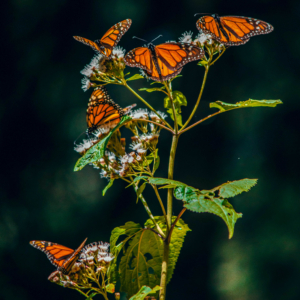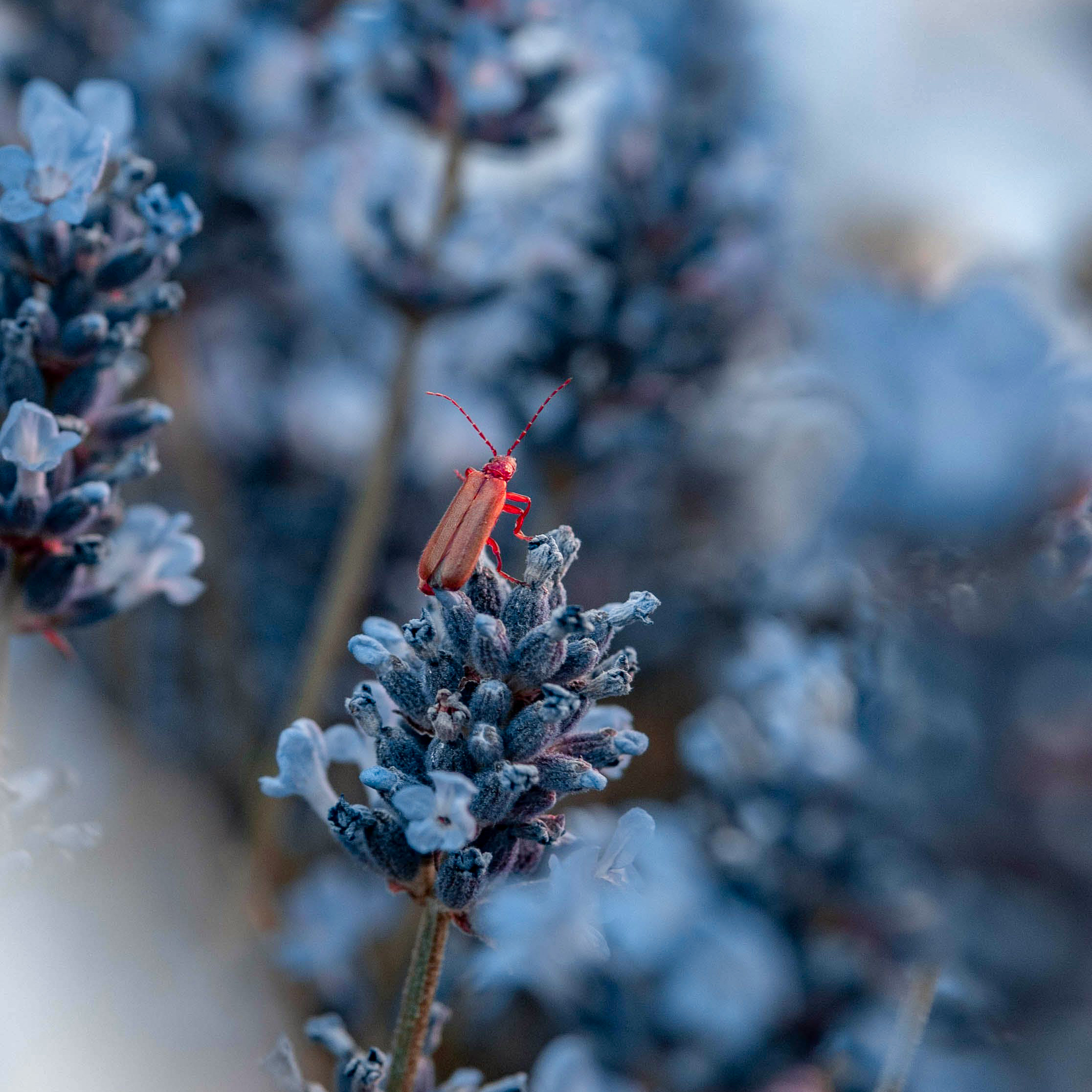As temperatures drop and winter sets in, we often notice that the number of small flying and crawling creatures begins to dwindle. It can make us wonder what happens to insects in the winter months. Today, LIFE BEETLES, coordinated by the Regional Secretariat for the Environment and Climate Change, clears up these doubts.
Temperatures below 10 °C can be fatal for insects, but many species adopt various strategies to avoid low temperatures.
Some species migrate, one of the best-known examples being the Monarch Butterfly, which migrates from Canada and North America to Mexico to spend the winter in warmer temperatures. However, many insects remain in their habitat during the winter, using various strategies to protect themselves from the cold. Some species become less active during the winter; others, like some beetles, spend the cold months as larvae, surviving in the soil.
Another strategy used by insects is diapause, a kind of hibernation in which they enter a state of dormancy during the colder months. An example of this is ladybirds, which burrow into the ground and lie dormant, waiting for the warmer temperatures of spring.
In general, many insects can survive low temperatures, especially if they are stable, above 0 °C, as is the case in the Azores. So it’s normal to see less insect activity during the colder months, but they don’t disappear and continue to fulfil their crucial role for ecosystems!
Find out more about the LIFE BEETLES project at www.lifebeetlesazores.com/en/











